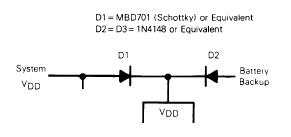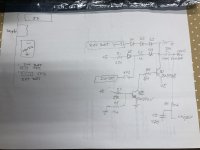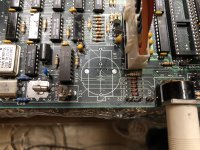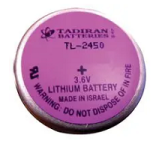modem7
10k Member
A new 6V nominal lithium battery will measure significantly more that 6V. I think that the intention of two-versus-one-battery-diode was to drop more voltage, as Chuck(G) suggested. It would mean that the resulting voltage that reaches the 'x to 6V' RTC chip is comfortably under 6V, and another consideration is the '+5V switch' circuit.Why do you suppose that IBM designed a double-diode there instead of what I assume to be an equally effective and less costly single-diode?
Was it IBM? Could have been; the MC146818 datasheets that I see show a simpler arrangement:

Note that in that arrangement, D2 is specified as 1N4148 (or equivalent), and not a Schottky type like D1. The designer must want a greater voltage drop from the '6v nominal' battery.
( The datasheet of the OPTi 82C206 shows that for the 82C206, OPTi recommends the 'two 1N4148 battery diodes, and a +5V switch' arrangement. Relevant area of the datasheet shown at [here]. )




